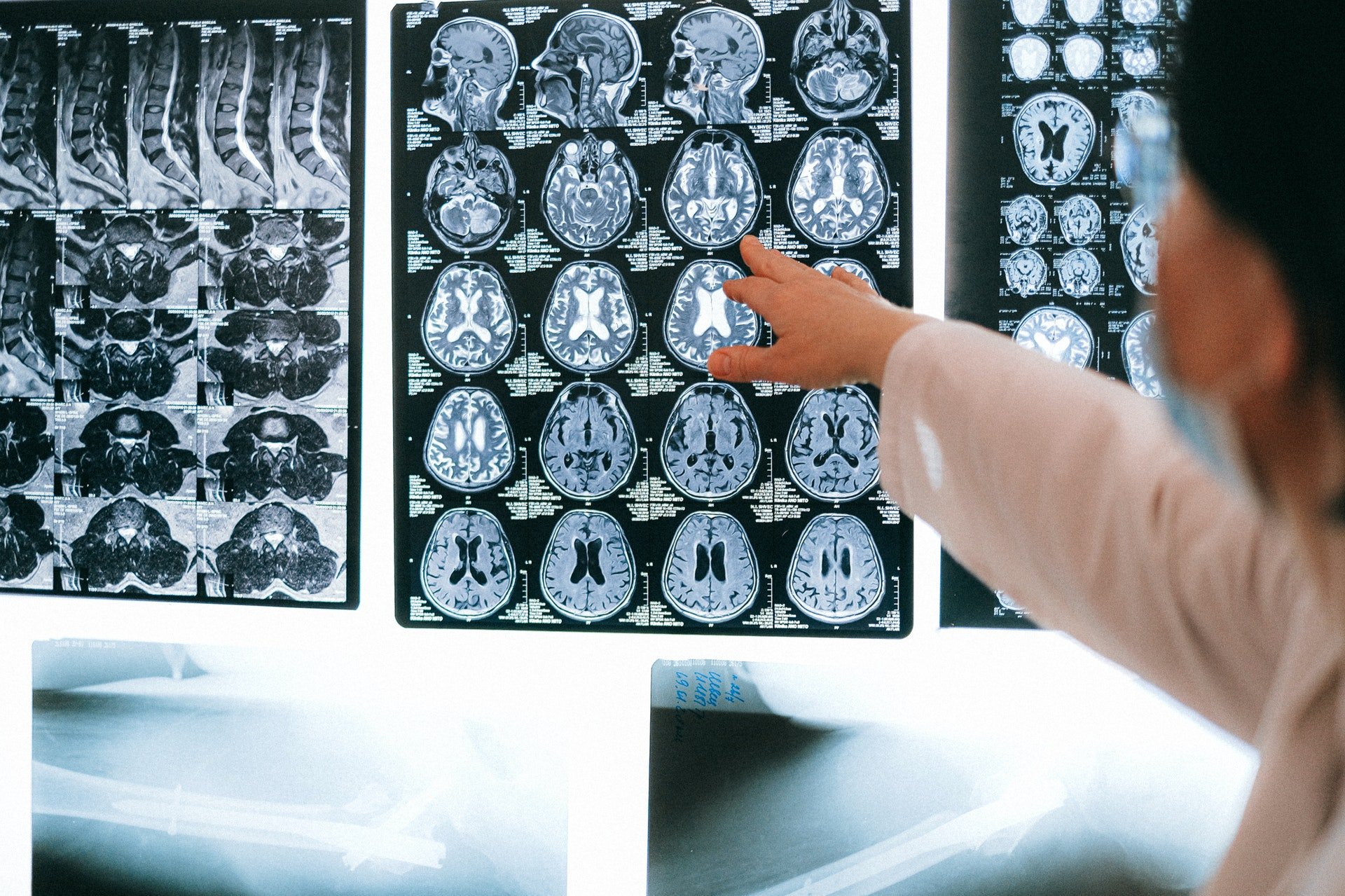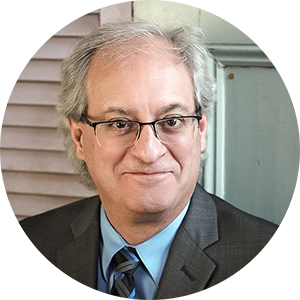“Universal Design for Learning (UDL) is a framework to improve and optimize teaching and learning for all people based on scientific insights into how humans learn.” It isn't something you “do” as much as a framework that drives asset-based beliefs and design. It is intentional. It is something that takes time to develop and it is worth every minute that you spend learning how to do.
The Introduction of Universal Design for Learning
Universal Design for Learning (UDL) began in 1984 when Dr. David Rose and Dr. Ann Meyer, two researchers from the Harvard School of Graduate Education, incorporated CAST, Inc., The Center for Applied Specialized Technology. The goal of CAST was to revolutionize the way that students with special needs were taught by introducing technology that would allow teachers and students to customize their learning experiences. By 1990, this goal evolved to address the “disabilities of schools” instead of the “disabilities of the individual”. This change mirrored what was happening in architecture, with buildings designed so that all people could access them regardless of their disabilities.
The most common example used to describe this change is the “curb cut”.
A standard sidewalk with a curb has about a six-inch difference between the curb and the street. This six-inch difference is a barrier to a person with a disability. The “curb cut” is that incline that is built into most sidewalks today that allows a person with a disability to easily navigate the transition from curb to street without a problem.
It turns out that the “curb cut” is not only good for someone with a disability. It is also good for everyone else. A person on a bike or a skateboard, a person pushing a baby carriage, or riding a bike can all benefit from the design. So, what was “essential for some is good for all” and Universal Design for Learning was born.
UDL and the Human Brain
As stated above, UDL is based upon brain science on how humans learn. The human brain has three major “networks”: Affective (the WHY of learning), Representation (the WHAT of learning) and Strategic (the HOW of learning).

Each of us uses these networks uniquely. This uniqueness creates an incredible variability between us that not only “makes the world go around” but presents huge barriers to education. This variability also destroys the myth of “the average student.” It used to be that all teachers would teach to this “mythical average student.” It turns out that the average student doesn’t exist and never did.
The goal of UDL is to create “Purposeful and Motivated learners who are Resourceful and Knowledgeable and Strategic and Goal Directed.” UDL uses a list of guidelines that will help you develop and deliver UDL lessons by rethinking the barriers that students face and planning for student variability by providing options and choices. These options and choices are defined by three principles:
- The Why: Designing multiple means of engagement,
- The What: Designing multiple means of representation,
- The How: Designing multiple means of action and expression
These options and choices will help students self differentiate and develop learner agency. The guidelines are not a checklist that you use to build a lesson plan. You don’t have to use all of them, in every lesson that you create. However, they can help you craft your lessons globally so that all students have the opportunity to succeed.
UDL is a FRAMEWORK.
A framework is a set of principles or beliefs. The three core beliefs of UDL are:
- Variability is the rule, not the exception-students don’t have to do the same things at the same time,
- All students can work towards the same firm goals and state standards with flexible means, and
- All students will become expert learners if barriers are removed and engagement is deep.
UDL is often confused with Differentiated Instruction (DI) and Understanding by Design (UbD). They are all similar but they are different. UDL is all about students being able to self differentiate based upon the options and choices that the teacher provides. DI is based upon the teacher creating instruction based upon the teacher’s assessment of student need.
UbD is the design of education based upon the final outcome.
Each of these frameworks can and should be used together with UDL. For instance, since UDL is goal-oriented and standards-based it would make sense for an instructor to start at the standard and work backwards to design options and choices that will help the students achieve the standards. And, there will be times when a student does not learn a particular topic regardless of the options and choices presented. In these situations, it would make perfect sense for the teacher to intervene and provide a special assignment, lesson, or activity especially for the student who needs extra help. The goal, in this case, would be to supplement not supplant the Tier 1 instruction.
UDL also works well with Bloom’s Taxonomy and the Five E’s. “Bloom's taxonomy is a classification system used “to define and distinguish different levels of human cognition” or academic rigor. UDL practitioners can use the taxonomy to increase or simplify an activity to personalize learning.
In the Five E’s model of instruction, students construct knowledge and meaning from their experiences. It was developed specifically for STEM fields of education. It can be used with UDL to find better ways to “hook” students, encourage students to explore phenomena on their own, and apply what they learn to real world problems.
UDL is all about using whatever means that you can to find out:
- What student need to know or be able to do,
- What barriers may prevent students from learning, and
- Designing flexible pathways for all learners to learn and share what they need to know.
Continue your learning journey!
Sources:




